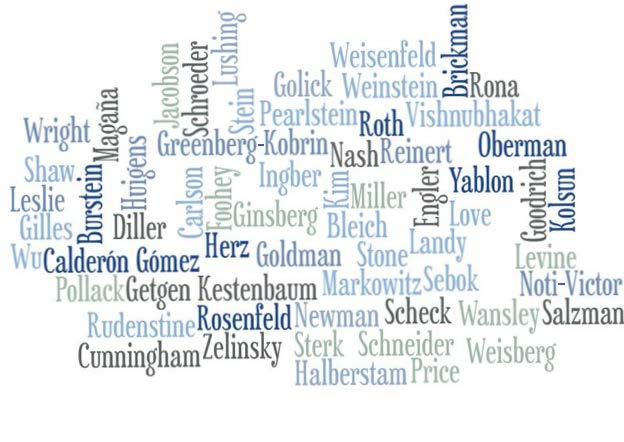Publication Date
2003
Journal
Cardozo Law Review
Abstract
The final segment in Hegel's analysis of "being" is measure - the unity of quality and quantity. At stake in these chapters is the difference between quantitative and qualitative change. A being or thing is indifferent to quantitative change, which comes from the outside. For instance, a legislature can increase the stringency of zoning regulations, and yet the legislation is still constitutional "zoning." But there comes a point at which quantitative change effects a qualitative change - zoning becomes an uncompensated "taking" of property. This paper analyzes how Hegel, in the "Science of Logic," derives measure from the categories of quality and quantity, and how essence - the "beyond" of being/appearance is in turn derived. The paper is the third installment on a complete analysis of Hegel's most important (and least read) work - the Science of Logic (1831).
Volume
25
First Page
129
Publisher
Benjamin N. Cardozo School of Law
Keywords
Georg Hegel, Metaphysics, Jurisprudence
Disciplines
Law
Recommended Citation
David G. Carlson,
Hegel’s Theory of Measure,
25
Cardozo L. Rev.
129
(2003).
https://larc.cardozo.yu.edu/faculty-articles/42


